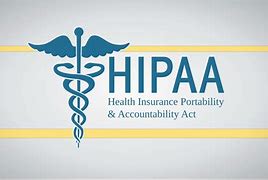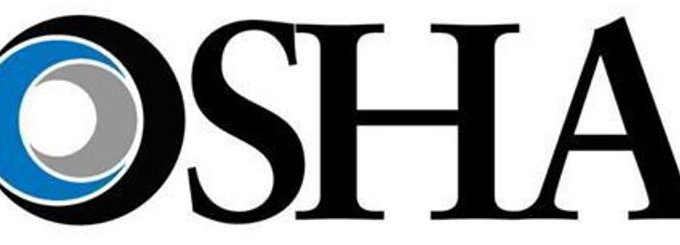Under the U.S. Health Insurance Portability and Accountability Act (HIPAA), dental practices handling protected health…

Cybersecurity Reminder for 2025
 Cybersecurity threats, such as phishing emails, ransomware attacks, and data breaches, are increasing in the healthcare industry, including dental practices. Regular cybersecurity training and risk analyses are essential, and required under the Health Insurance Portability and Accountability Act (HIPAA), to staying ahead of potential threats. By staying informed and vigilant, dental practices can protect patients, their practice, and even themselves from cyber threats.
Cybersecurity threats, such as phishing emails, ransomware attacks, and data breaches, are increasing in the healthcare industry, including dental practices. Regular cybersecurity training and risk analyses are essential, and required under the Health Insurance Portability and Accountability Act (HIPAA), to staying ahead of potential threats. By staying informed and vigilant, dental practices can protect patients, their practice, and even themselves from cyber threats.
Tips when Receiving Emails
Be especially cautious with emails and online communications. Cybercriminals often disguise phishing attempts as legitimate messages, trying to trick you into clicking malicious links or providing sensitive information. If you receive an unexpected email asking for login credentials, payment details, or patient data, verify its legitimacy before responding. Avoid clicking on links or downloading attachments from unknown sources, and report any suspicious activity to the practice manager immediately.
• Closely double-check the domain name that sent the email.
• Look for spelling errors as well as numbers replacing letters.
• Review the signature & legitimacy of the request.
• Hover over links – without clicking – to check where they lead.
• Don’t click on attachments unless you’re sure of the source.
• Never click on links sent via text message; these are increasing in popularity and are very dangerous.
Additionally, always use strong, unique passwords for all systems, enable multi-factor authentication, and never share login credentials. All devices handling patient information should be encrypted and updated regularly to prevent vulnerabilities.
For More Information
The US Department of Health and Human Services (HHS) has developed guidance and tools to assist HIPAA-covered entities in identifying and implementing the most cost-effective and appropriate safeguards to protect the confidentiality, integrity, and availability of protected health information.


